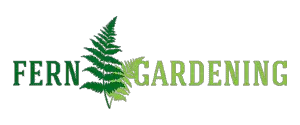One of the most cost-effective ways of propagating plants is to take cuttings. This method also ensures that the new plant will be genetically identical to the parent – which is great if a beloved specimen does not “breed true” from seeds or spores.
But, given the significant differences between ferns and flowering plants, it isn’t obvious whether ferns can be grown from cuttings in the usual manner.
Ferns cannot be propagated from cuttings taken from fronds, which are not like the stems of flowering plants. The growth zone for ferns is in the rhizomes, which lie beneath the soil. For ferns with creeping rhizomes or runners, cuttings can be taken easily from segments of the rhizome. Ferns that have clumping rhizomes that form a crown can be propagated by splitting the root ball.
For many flowers, cuttings can be taken from the stem, with the isolated segment being replanted in water or soil to generate new roots and establish a daughter plant. Root hormone can be used to promote this process, and it reflects the fact that the stem of flowering plants (and woody plants, generally) has the potential to grow both roots and leaves under the right conditions. The cells of the stem can differentiate in response to the right environmental cues, and gardeners have exploited this potential to propagate new, genetically identical copies of the parent plants, by taking cutting from sections of the stem.
1. Fern fronds are not stems
Despite the physical resemblance to the stems of flowering plants, the fronds of ferns are actually more similar to a single leaf. The fronds emerge from beneath the soil as a pre-formed “fiddlehead” structure that uncurls over time. It is a complete structure that does not have growing tips – it just unravels and spreads out.
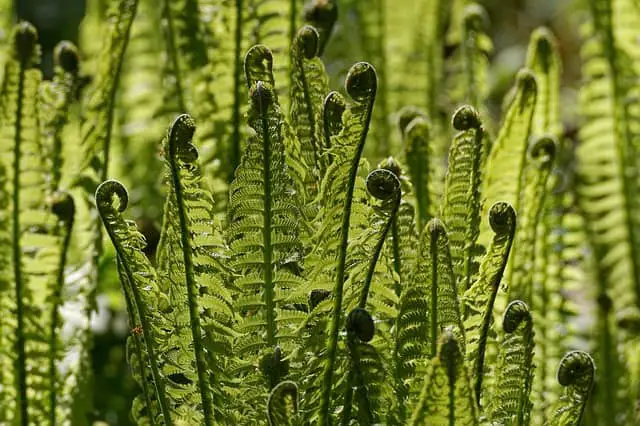
Although the frond has a stalk (or stipe) and leaves (or pinnae), it is not biologically equipped to grow new roots. As a consequence, fronds do not have the growth potential of stems, and so taking a cutting of a frond will not allow a new fern to be established.
Sadly, the frond will just die.
2. Ferns grow from rhizomes
The better analogy to the stem of a flowering plant for ferns is the rhizome. This is the part of the plant from which both roots and fronds grow.
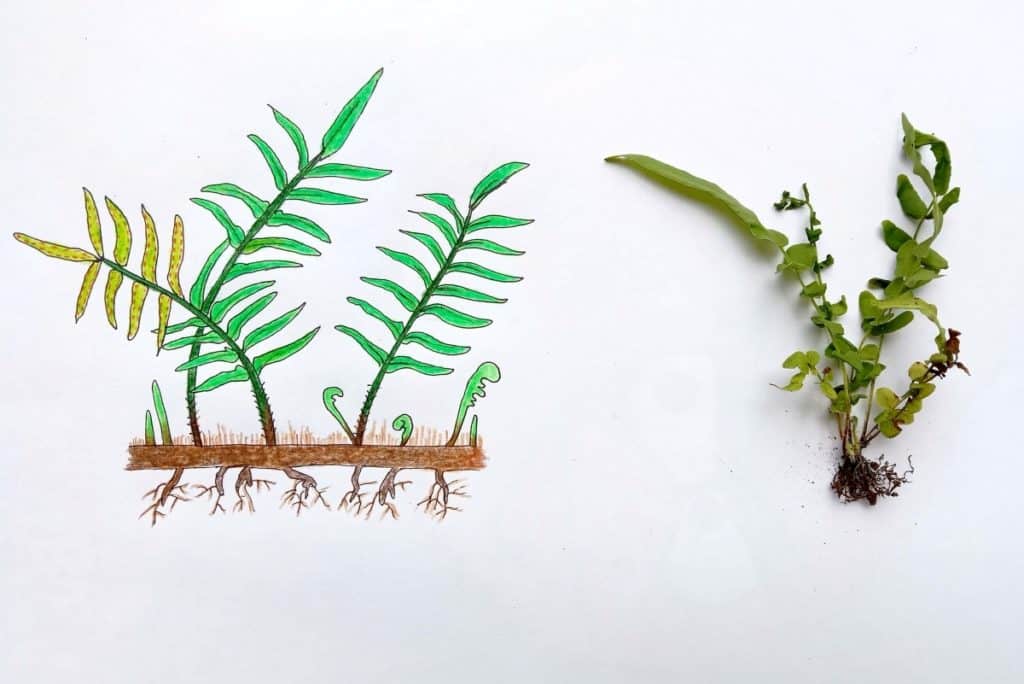
The rhizome can be thought of as a horizontal stem lying sideways just below the soil, and so many of the principles for propagation of cuttings can also be applied to rhizomes.
The rhizome has the energy and growth potential needed to create new roots and new fronds, and therefore cuttings can be taken and planted in potting mix to establish a new plant. Ferns are generally fairly robust, and so even a small segment of rhizome can be enough to succeed.
3. Taking cuttings from rhizomes
Ferns differ in their spreading habit; sometimes the rhizomes may clump forming a tightly packed crown, in other cases the rhizomes spread through the soil, sending up new fronds as they go. Some fern varieties also produce runners, or “stolons”, that are connected to the parent plant, but can form a new daughter plant that sends out new roots and fronds when they form an anchor in soil.
The simplest cutting can be taken from a fern variety with a creeping rhizome, such as the Ostrich fern.

Ostrich fern
- Matteuccia struthiopteris
- Deciduous
- Full or partial shade
- Height: up to 1.5 m
- Soil: acid or neutral. Moist, well-drained.
For these ferns, the soil around a parent plant can be cleared to uncover the rhizomes, which can then be traced through the soil. To be sure of successful propagation, take a cutting from a section of the uncovered rhizome that has obvious roots and ideally at least one emerging frond.
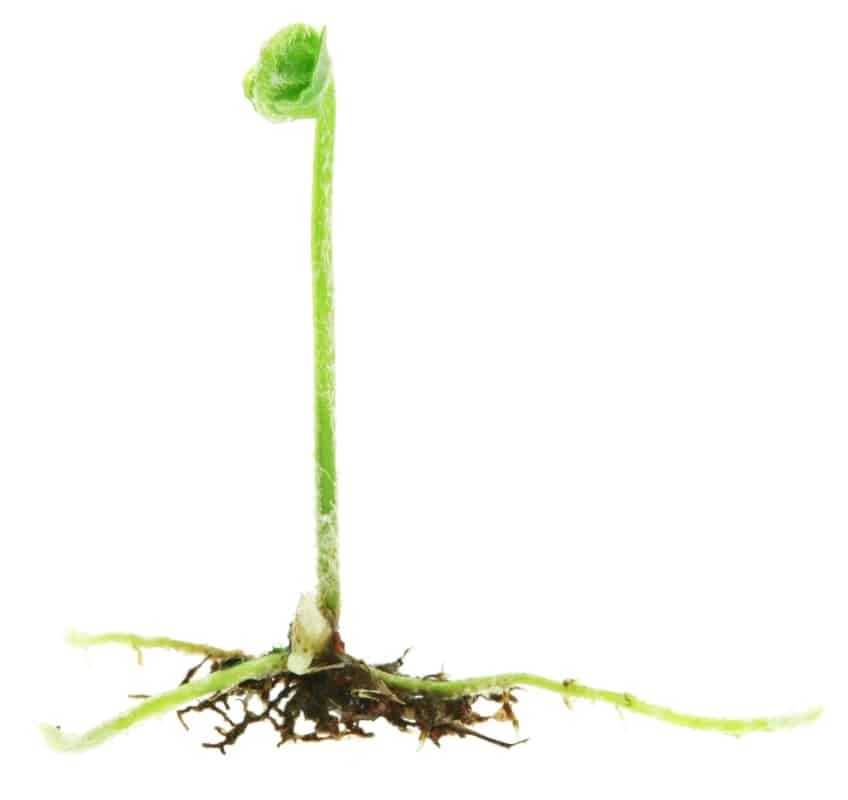
Simply re-plant this cut segment into new potting mix and water well. Keep in a sheltered, shady position and in time new fiddleheads will begin to appear.
4. Propagating from runners
Some species of ferns, such as the Boston fern, produce stolons – specialized stems that project above the ground and grow until they find a good point to anchor and set down new roots.
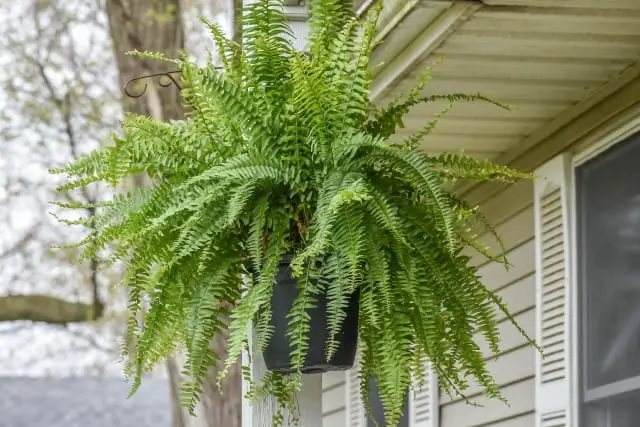
Boston fern
- Nephrolepis exaltata
- Evergreen
- Partial shade
- Height: up to 1 m
- Soil: acid or neutral. Moist, well-drained.
This system allows the parent plant to continue to provide nutrients and water from the main rhizome, until the stolon has successfully established new roots and fronds. Once that transition has occurred, the new fern is no longer dependent on the parent for sustenance.
For ferns that generate stolons, this propagation method can be encouraged. Stolons can be identified as thin, hairy or scaly tendrils that lack pinnae, and which tend to droop downwards, in contrast to the bushy appearance of fronds.
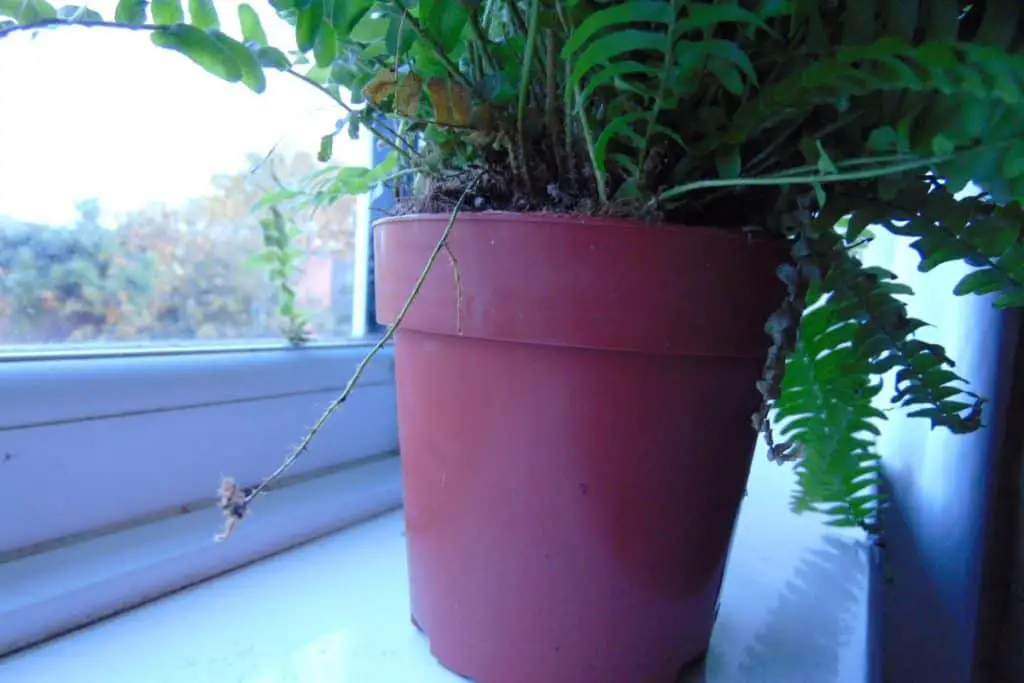
Sometimes stolons will spontaneously generate a new fernling that simply hangs in the air (especially if the stolons are quite dense and start to tangle with each other), in which case the fernling can simply be cut out and planted.
Alternatively, the tip of the stolon can be directed into potting mix and held down with a clip (or stone). Given patience and watering, this can result in root formation and the establishment of a new plant.
At that point, the original stolon connecting the fernling to the parent can be safely cut, freeing the daughter plant.
5. Splitting a crown
Many ferns do not send out rhizomes or stolons, and instead form a densely packed crown of rhizomes that clump together at the base of the plant. That makes it impractical to try and tease out individual segments for cuttings, but it is still possible to propagate the plant.
Although it can seem a little brutal, simply breaking the crown apart into smaller sections allows for multiple new crowns to be established from one parent fern.
Again, the key point is to ensure that each section that is isolated for re-planting has healthy roots and fronds growing from it. By potting each section of the split crown and watering well, you should have no trouble with multiplying the parent into many new, individual ferns.
6. Propagation from spores
Finally, it is worth mentioning that it is also possible to propagate ferns from spores. It is a tricky business, and more complex than planting seeds, but it is a good approach if you want to get large numbers of new ferns from a single parent.
Spore propagation also has the disadvantage that cultivars and more exotic varieties of ferns may not breed true from spores. In that case, cutting from rhizomes, stolons or splitting the crown are the only ways to reliably generate new plants.
Ferns are different from flowering plants in important ways, and in particular the mistake should not be made that the stalk of a frond can be used for cuttings like the stem of a plant. Cuttings can be successfully taken from the rhizomes of a fern, but the technique must be adapted to the growing habit of the specific variety.
